10. Caligula (Tinto Brass, 1979)
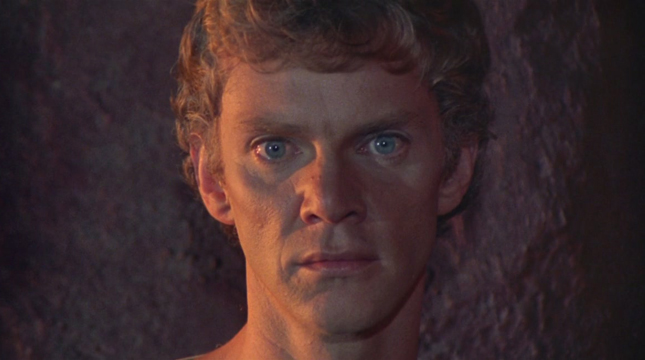
A depiction of the arguably depraved infamous Roman emperor, “Caligula” was intended by its director to be an epic about the orgy of power, not the power of orgy. Nevertheless, it ended up being a widely controversial and criticized film, and a hiatus among both erotic and mainstream cinema mainly due to its chaotic production.
Bob Guccione intended to produce a widely explicit sex film and hired Gore Vidal and Tinto Brass to be in charge of, respectively, its script and direction. Brass and Vidal soon felt in disagreements, something that resulted in Vidal’s departure from the project. Eventually, Brass departed from it as well due to his disagreement with Guccione’s excessive use of explicit sex.
As a result, “Caligula”, a major sexploitation blockbuster featuring big name stars (Peter O’Toole, Helen Mirren, Malcolm McDowell), became a major financial and critical disaster.
Described as shameful trash, a trough of rotten swill and even a moral holocaust upon its release, “Caligula” is an uncomfortable classic that surprisingly has started to win supporters today.
9. Last Tango in Paris (Bernardo Bertolucci, 1972)

Bernardo Bertolucci’s deployment of his sexual fantasies resulted in this raw and equally paused exercise about the limits of eroticism. Though “Last Tango in Paris” met overall acclaim, it raised major controversy due to its savage and impersonal depiction of sex.
Regarded as a film whose appreciation demands patience from the viewer, “Last Tango in Paris” remarkably launched Marlon Brando’s mature career as well as ended stigmatizing Maria Schneider’s tormented life with its story about an impersonal and increasingly vile affair between a middle aged widower and a young Parisian woman.
Seized, banned, and accused of violating basic decency, the film’s transgression of eroticism have made some people depict the film as nothing more than basic pornography.
8. The Birth of a Nation (D. W. Griffith, 1915)
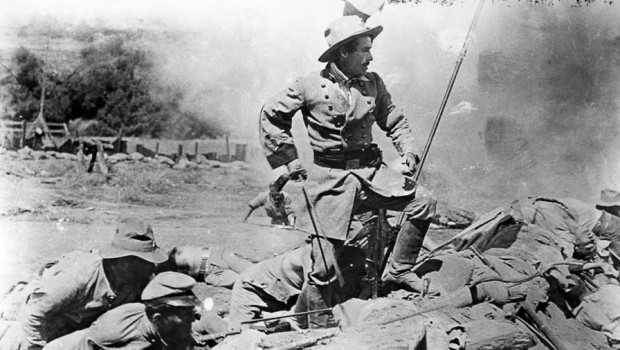
Based on “The Clansman” by Thomas Dixon Jr., “The Birth of a Nation” is a look at the American Civil War’s development and aftermath, as well as its impact on the American psyche through the eyes of a family.
“The Birth of a Nation” is regarded as an undeniable landmark in the history of cinema. Consciously, D. W. Griffith anticipated narrative and cinematographic techniques that eventually configured a considerable amount of the cinematographic language as we know it, and developed an obligated reference to the Hollywood super production’s vision. “The Birth of a Nation” was, nevertheless, one of the most controversial movies ever made as well.
Romantic and sensationalistic, “The Birth of a Nation” defended a widely negative view of the Reconstruction as a moral and political disaster. According to the film’s story, such a disaster was grounded in the “erroneous” pretension of granting equality between black and white people. The movie also depicted the South as a morally superior victim of the North’s wrath, and the Ku Klux Klan as an obligated and justified response to such wrath.
Protests against the film’s depiction of black people were soon raised. Nevertheless, the NAACP’s attempt to ban the film was unsuccessful and “The Birth of a Nation” grounded a precedent regarding box office success.
7. Pink Flamingos (John Waters, 1972)
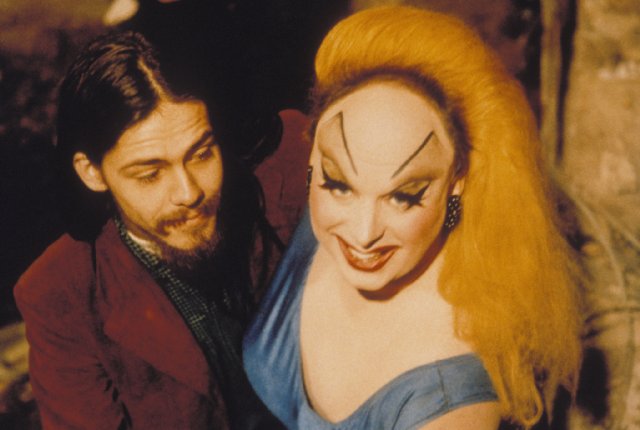
Through open and imaginative sequences of bad taste about paraphiliacs, the focus of “Pink Flamingos” is on the infamous matron-diva Babs Johnson (Divine) as she fights against a couple to preserve the title of the filthiest person alive, which she is particularly proud to hold.
John Water’s cult masterpiece is a gorgeous and grotesque inquiry to the palaces of the status quo through the playful discourse of its outcasts.
Overall acclaimed, “Pink Flamingos” faced outrageous ban attempts from self-proclaimed morality keepers and even animal welfare groups. That only increased the amount of viewers who saw it, morbidly moved by the comments towards its unpleasant cocktail of depravity. Considerately, some theaters even provided free “Pink Phlemingo” vomit bags for those with sensitive stomachs not willing to miss the entire film.
6. Irreversible (Gaspar Noé, 2002)
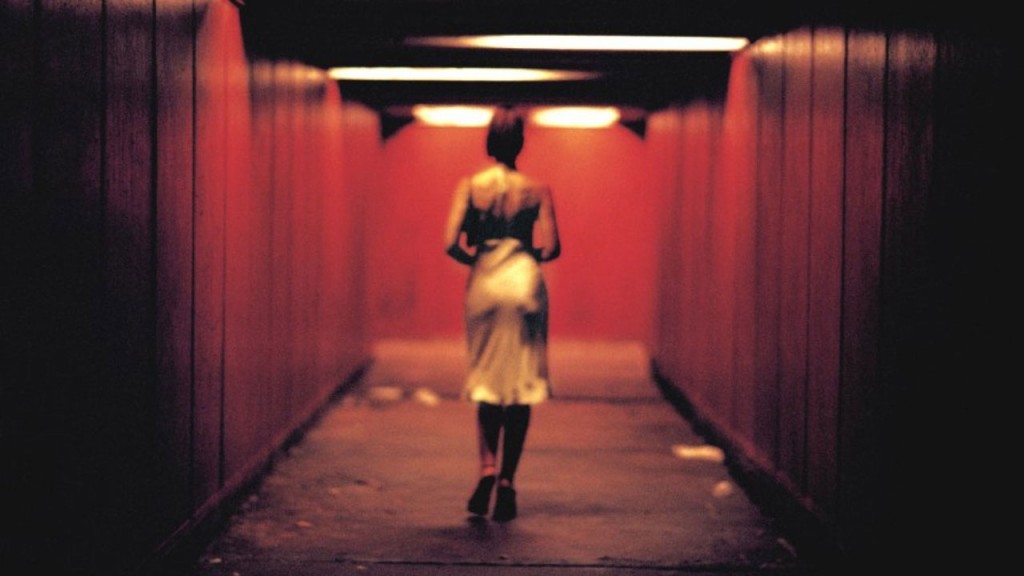
An alleged nihilistic allegory about time, “Irreversible” follows the aftermath of a brutal rape in reverse chronological order.
“Irreversible” is a movie that is hard enough to be seen. Its brutality, particularly surrounding its infamous underpass and revenge scenes, made audiences leave theaters outrageously.
It is said that even Noé was disturbed with the tedious rape scene. He nevertheless faced major accusations of homophobia due to the imagery of the movie, accusations he denied from the beginning.
5. Triumph of the Will (Leni Riefenstahl, 1935)
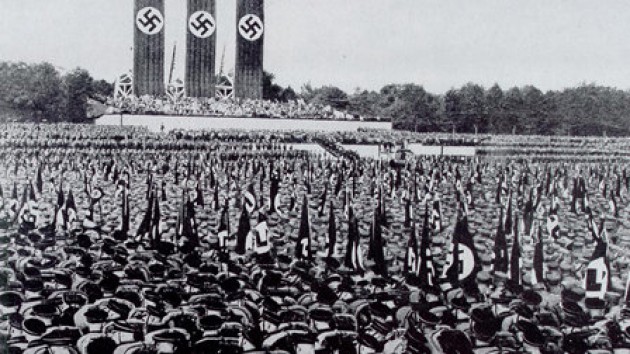
An obligated reference to widely controversial propagandistic cinema, “Triumph of the Will” is perhaps the most well known title of the Nazi film collection. It follows the Nazi party’s rise in Nuremberg.
Produced by Adolf Hitler and labeled as a movie about Nazis made by Nazis for Nazis, the film’s distorted perspective, created with moving cameras, aerial photography and long focus lenses, has made it one of the greatest movies ever made.
“Triumph of the Will” discomforted people before its release. Among the Nazis, the military was outraged about its minimal attention in the film. Overseas, the movie was regarded as dangerous as an example of the unethical approach of cinema.
4. Nekromantik (Jörg Buttgereit, 1987)
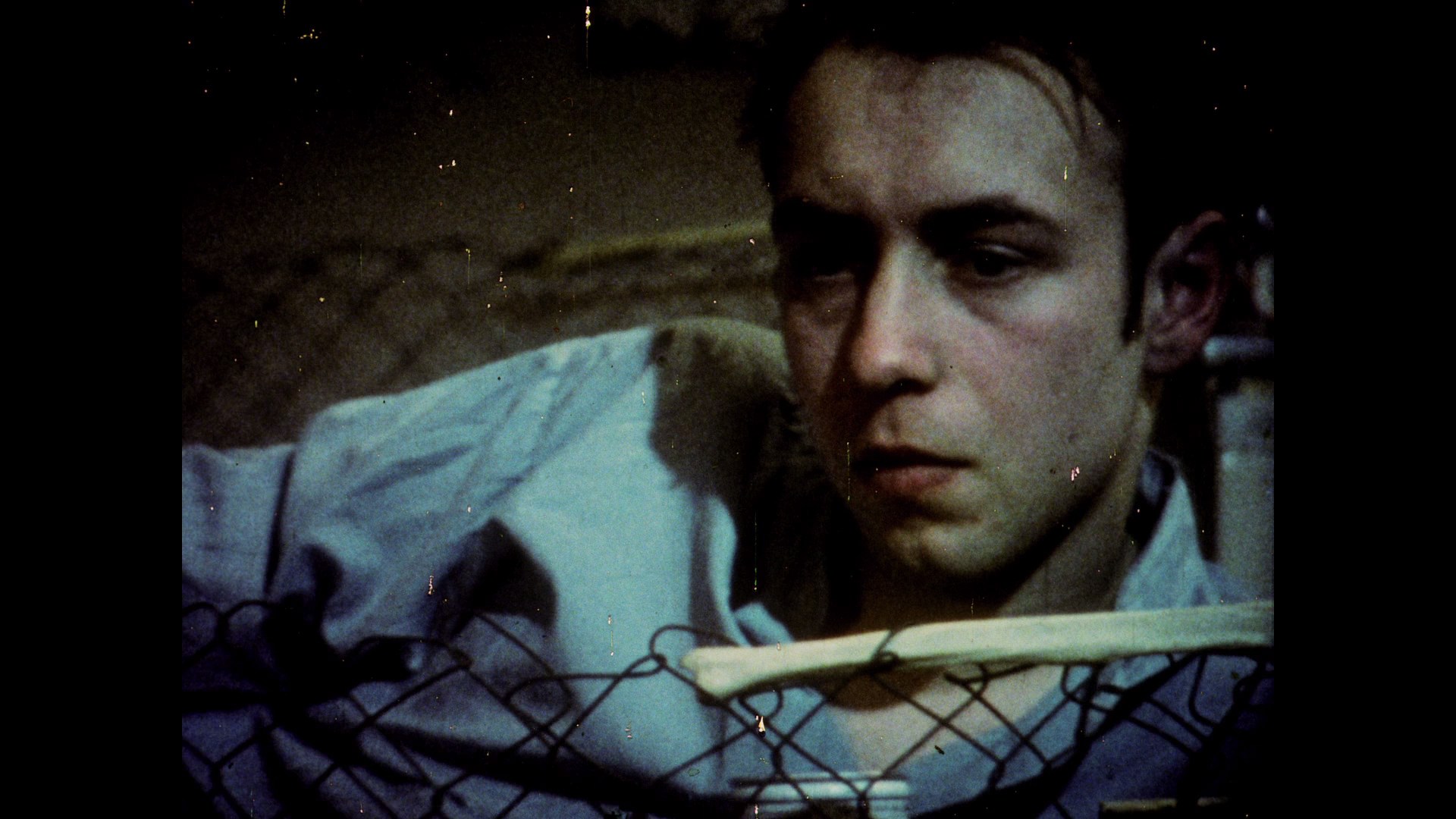
“Nekromantik”, Jörg Buttgereit’s directional debut, is a movie about a depressed necrophiliac anti-hero pathetically struggling to carry out the practice of necrophilia, which fulfills his life in an ordinary world.
Widely acclaimed due to its unpretentious and ultimately achieved taboo-breaking attempt, as well as for its amoral depiction of its somehow sympathetic main character, “Nekromantik” became only a distant glimpse of its widely more controversial and superior sequel.
There are many uncomfortable sequences in “Nekromantik”. Among them include the threesome with a dead body, a relaxing bath in bloody water, and, of course, its stressful ending, causing the film to be banned in several countries.
3. A Serbian Film (Srdjan Spasojević, 2010)

“A Serbian Film” follows Miloš’s descent into cruelty and madness. A former porn star, Miloš agrees to participate in an ambiguous “art film” to overcome his financial problems. As his movie turns more and more degrading, Miloš finds his and his family’s integrity in distress.
One of the most brutal movies of the decade so far, “A Serbian Film” met a considerable amount of controversy due to its depiction of sexual violence.
While critics could not avoid pointing out the extremity of the movie’s sexual sequences, including some of bestiality and an infamous one of pederasty, director Srdjan Spasojević responded by regarding his movie as a Serbian allegory about “the monolithic power of leaders who hypnotize you to do things you don’t want to do.” The film suffered banning and cut impositions in several countries.
2. Cannibal Holocaust (Ruggero Deodato, 1980)
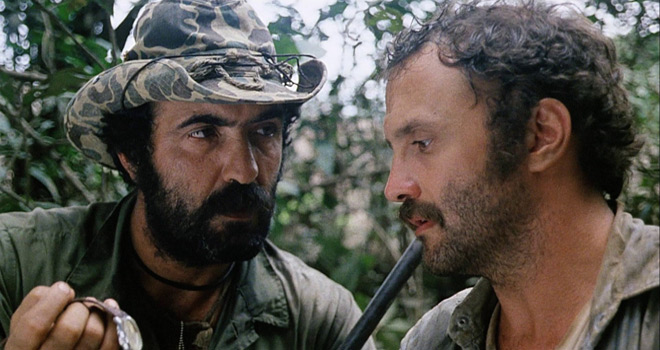
“Cannibal Holocaust” follows the search for a missing documentary team in the Brazilian Amazon rainforest and the eventual review of its found footage.
Perhaps the first major exploiter of the found footage genre, “Cannibal Holocaust”, one of the most condemned and hailed B-movies ever made, drove the ideas people had about controversial films that were already filled with weird anecdotes, to even more unexpected extremes.
As Sergio Leone remarked to Ruggero Deodato, the film’s now-cult director, its smart use of low budget special effects, makeup and rumor marketing would severely disturb audiences. He proved to be right; not many days passed after that observation when Deodato was arrested by the Italian authorities, widely believing in the possible reality of his footage.
Deodato faced a trial that he originally lost. Fortunately for him, as well as for the film’s current enthusiastic supporters, the appearance of his actors proved the whole issue to be a reasonable mistake.
1. Salò (Pier Paolo Pasolini, 1975)
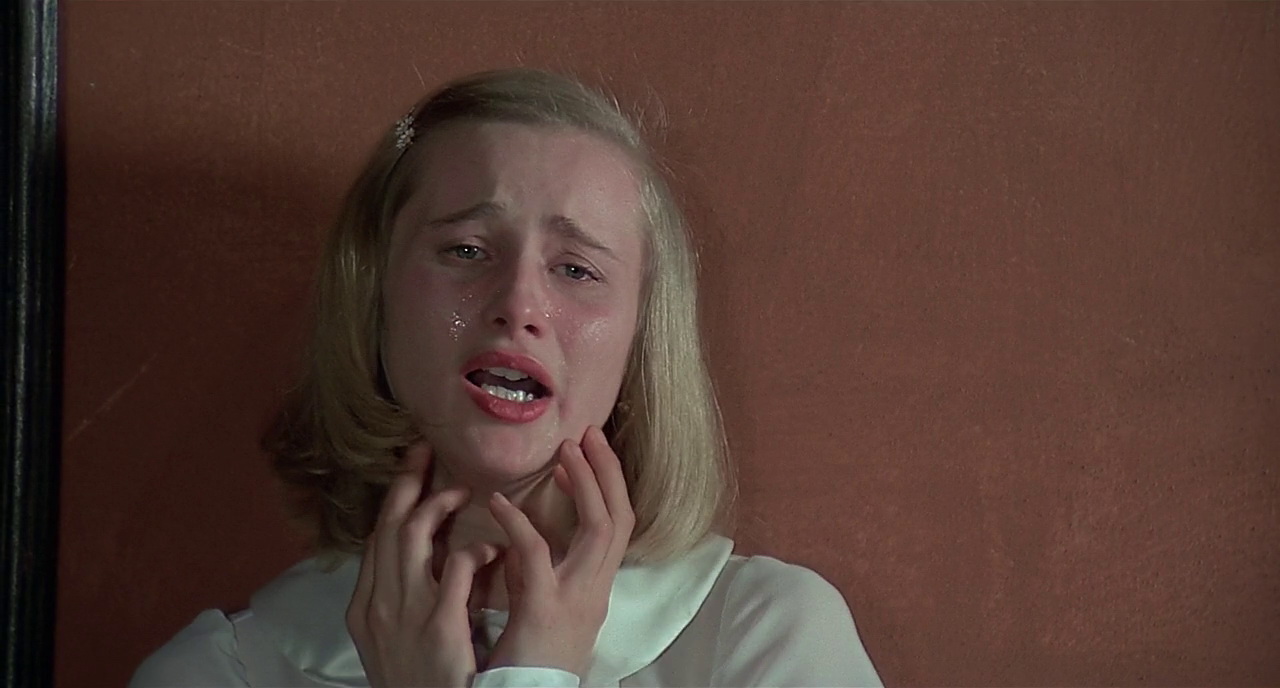
Perhaps the most memorable and infamous deployment of Paolo Pasolini’s radicalism, “Salò”, his cruelly polished adaptation of “The 120 Days of Sodom” by the Marquis de Sade, still remains banned in several countries.
“Salò” follows the carnival of cruelty and depravity carried by four fascist libertines, a Duke, a Bishop, a Magistrate and a President, in a fascist occupied Italian territory.
There is no space for imagination in “Salò”. It has physical and psychological tortures, sexual bestiality and a lack of purpose; the brutality of its sadistic sequences is decorated with constant allusions about the nature or lack of nature in morality. Even the hedonistic justification of its violence is ultimately negated with weariness.
Pasolini died in extremely violent and unclear circumstances before “Salò “was released. As his last cinema testimony, some have seen “Salò” as one of the most controversial films ever made, a serious statement about the nature of fascism.
Author Bio: Emiliano is a 23-year-old Ethics and Logic professor in a Mexican high school. His favorite directors are Gaspar Noé, Lars von Trier, Stanley Kubrick and Wim Wenders.